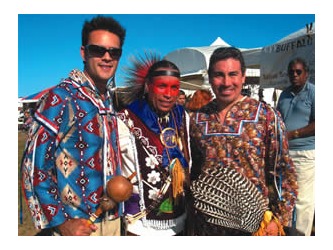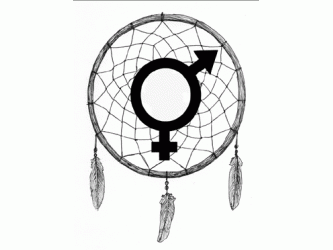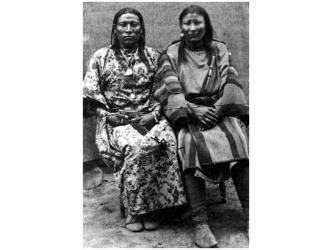Two-Spirits
Over 150 Native American societies, such as the Hopi and Navajo, rejected the notion of a gender binary. Two-Spirit is the title given to third sexed people in Native American societies. The Two-Spirits took on roles typically assigned to both biological men and women. They often took on the male responsibilities of controlling property and supervising the household. Additionally, they preformedfemale tasks such as weaving, making pottery and tanning leather (Herdt 355). The clothing of the Two-Spirits often resembled clothing typically worn by women. Occasionally, they adopted a unique form of dress that combined aspects of male and female garb. While biological differences play a role in defining standard gender roles, they did not have a primary impact on determining who became Two-Spirit. A minority of Two-Spirits were biologically intersexed people. Most Two-Spirits had been born biologically male or female and took on their role as a Two-Spirit after they had visions and dreams typically associated with Two-Spirit (Herdt 351). This connection to the spirit realm thrust the Two-Spirits into the role of shaman or other religious leader, which earned them respect and reverence from members of their tribe (Herdt 335).
Herdt, Gilbert, ed. Third Sex, Third Gender. New York: Zone Books, 1996.



